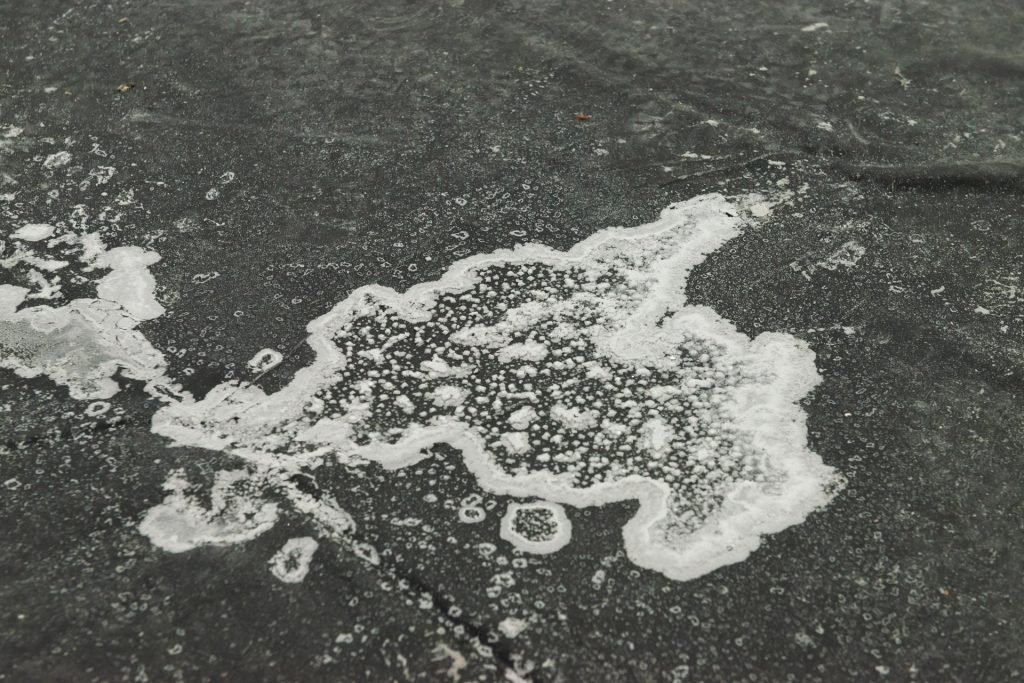
Press Release
“Memory is a dangerous function, it retrospectively gives meaning to that which did not have any, retrospectively cancelling out internal illusoriness of events, which was their originality. But if events retained their original, enigmatic form, their ambiguous, terrifying form, there would doubtless no longer be any history.”[1]
Our histories are recalled and interpreted through memory, shaping how we perceive the present, however this transition – memory to history – creates an image of inherent bias. Cutting to the core of our humanity, histories help to form our personal and cultural identities, however when separated from their original narratives, they are manipulated and reformed in complete absence from any original experience, holding us accountable to an incomplete past. Formed in the idea of Chimera, our pasts become a conjoining and gathering of a continuously expanding collective memory, “our imaginations are hostages to our own mode of production, and perhaps to whatever remnants of past ones it has preserved.”[2]
As such with genetics, only certain pieces of information are selected to be passed down through to future generations, evolving as a record of human history – a history which can become entangled in both the real and the myth. Through both an archaeological and scientific lens, we have the possibility to observe these personal and ancient histories, studying them with the hope of attaining a further understanding of a past which is forever changing, mutating as it travels throughout time.
Uncovering and separating objects from this timeline, mapping them in more than just a geographic sense; in terms of mythology and knowledge, objects can become coded place holders to lost and forgotten times. A shard of unearthed ceramic becomes a durable cultural artefact, a form that can be reconstructed, dated and placed around the world. The moment a ceramic object is withdrawn from the kiln it reacts with its surroundings, absorbing chemicals and moisture present in the air, gaining a weight throughout its lifetime at a very precisely defined rate. The level of moisture and therefor the weight that the objects gain allow you to accurately date them, in which case a ceramic object can act as a form of clock, a timely key to unlocking our pasts.
These geological fingerprints allow us a certain insight to these pasts, through imagination and story telling they can transport us to a former life – opening up their knowledge and with it a sense of shared humility. Inside this cordoned off area of excavation, in amongst the ruins, sit hand built sections of tile panels; in removing these shards from the real, or the normal – even though they can create images and scenes of familiarity – they can appear to morph into that of the otherworldly or from a distant time, unbeknownst to us if it is our own past or future that we are rediscovering, industrial monoliths of an unknown state, a contemporary henge.
It is within these areas, as through misconstrued storytelling history falls into myth, where distinctions between the past and the present break down. They are zones of recollection to be explored, of messages communicated throughout time, blends of eras and cultures which can no longer be dismissed as poetic exaggerations of memory.
[1] Fragments, Jean Baudrillard, 1993
[2] Archeologies of the Future, Fredric Jameson, 2005
Location
-
Gabelsbergerstraße 26, 80333 Munich, Germany


Add a review